As the UK approaches October, homeowners and renters alike are bracing for a significant increase in their energy bills, particularly those residing in the country’s least energy-efficient homes. According to a recent report by Rightmove, households with poor energy efficiency ratings could see their annual energy costs surge by over £550 due to the latest adjustments to the Ofgem energy price cap.
Energy Price Cap Increase: What It Means for Homeowners
Beginning October 1st, the energy price cap, which limits the amount energy companies can charge customers, will rise from £1,568 to £1,717 per year. While this 10% increase equates to an additional £149 annually for the average household, the financial impact will be far greater for homes with substandard insulation and outdated energy systems.
The energy performance of a property is evaluated through an Energy Performance Certificate (EPC), which rates homes on a scale from A to G, with A being the most energy-efficient and G the least. Shockingly, over half of the UK’s housing stock—approximately 18 million homes—has an EPC rating of D or lower. For these households, the forthcoming price cap hike could result in a significant financial burden.
Understanding the Financial Impact
Residents of homes with a G-rated EPC, which are typically characterized by poor insulation and inefficient appliances, will be hit the hardest. These households could see their annual energy bills rise by as much as £558 following the price cap increase. In comparison, homes with an A rating may only experience a £56 increase.
For homes with a D rating, which is the most common in the UK, annual energy bills are expected to rise by £225, bringing the total to £2,471. Meanwhile, homes with an E rating will face a £319 increase on average.
Mitigating the Impact: The Importance of Green Home Improvements
To combat these rising costs, homeowners in energy-inefficient properties are being encouraged to invest in green home improvements. Upgrades such as enhanced insulation, double-glazed windows, and the installation of solar panels or heat pumps can significantly reduce energy consumption and, in turn, lower bills. However, these upgrades come with upfront costs and may take years before homeowners see a return on their investment.
For those unable to afford significant upgrades, there are more cost-effective solutions available. Simple changes like draught-proofing and switching to energy-efficient LED lighting can also make a noticeable difference in energy consumption and offer quicker returns on investment.
Future Changes: The Potential for a Dynamic Price Cap
In addition to these measures, Ofgem has proposed the introduction of a dynamic price cap in the future. This new system would allow energy prices to vary depending on the time of day, with cheaper rates available during off-peak hours or when renewable energy generation is high.
According to a survey by Rightmove, nearly three-quarters of people would be willing to adjust their energy usage habits if it meant accessing lower rates. This suggests that a dynamic price cap could be a welcome change for many households, offering them a way to further manage and reduce their energy bills.
Conclusion
As energy prices continue to rise, it’s becoming increasingly important for homeowners to consider the energy efficiency of their properties. Whether through major renovations or smaller, more affordable adjustments, improving a home’s EPC rating can lead to significant savings in the long run. With potential future changes to the pricing structure, such as a dynamic price cap, there may be even more opportunities for households to reduce their energy costs.
However, the immediate concern remains the upcoming October price cap hike, which will place a heavier burden on those living in the UK’s least energy-efficient homes. Proactive steps to enhance energy efficiency could provide much-needed relief for these households in the months and years to come.

